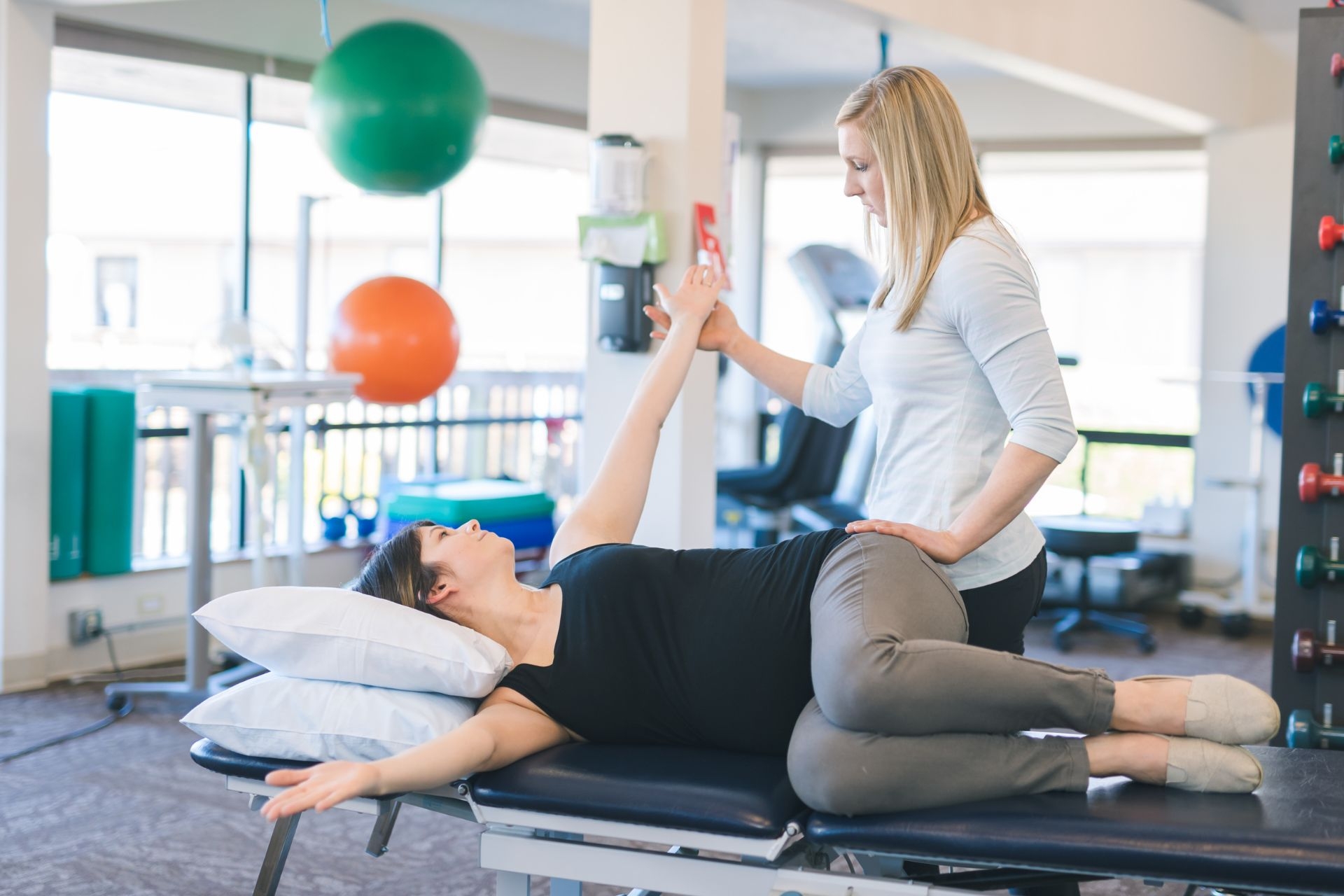Functional Capacity Evaluation (FCE)
How does the Functional Capacity Evaluation (FCE) assess an individual's ability to perform specific job tasks?
The Functional Capacity Evaluation (FCE) assesses an individual's ability to perform specific job tasks by simulating various physical demands that are typically required in the workplace. This evaluation is conducted by a trained healthcare professional who observes the individual as they perform tasks such as lifting, carrying, pushing, pulling, and other job-related activities. The FCE helps determine the individual's physical capabilities and limitations, providing valuable information to employers and healthcare providers.



